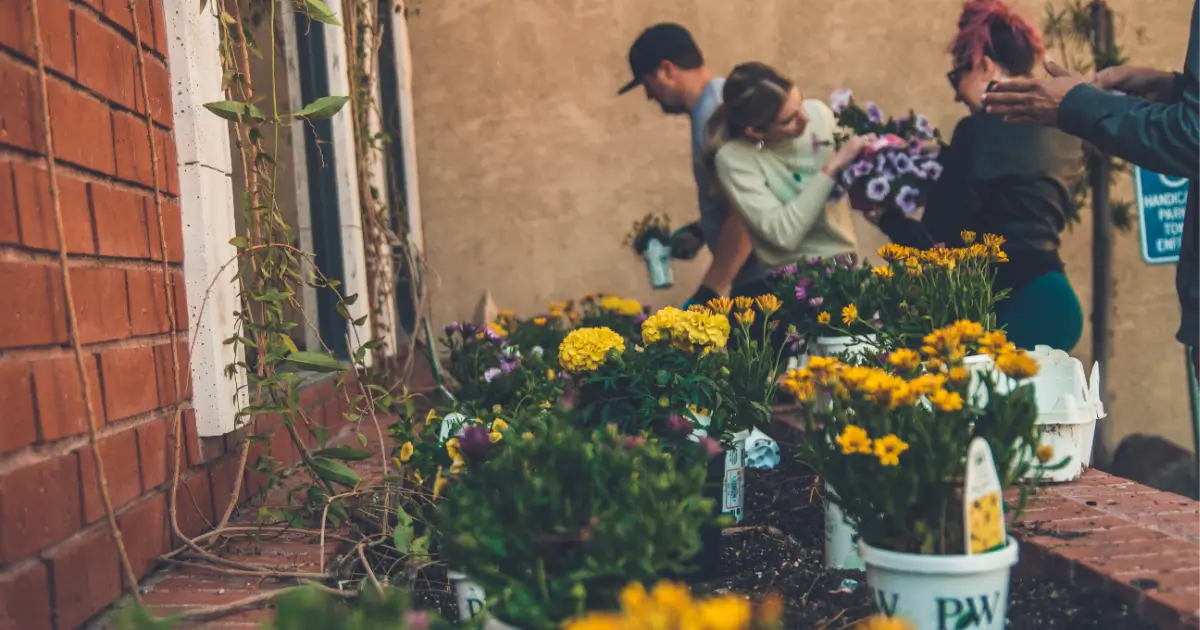

Indoor plants not only add a touch of natural beauty to your home but also contribute to a healthier indoor environment. Taking care of indoor plants can be a rewarding and enjoyable experience, while also providing you with endless opportunities for creative decoration. In this article, we'll provide you with valuable tips on caring for indoor plants and explore innovative ways to incorporate them into your home decor.
1. Choose the Right Plants:
Select indoor plants that are well-suited to the lighting and temperature conditions in your home. Consider factors such as natural light availability, humidity levels, and the amount of care required. Some popular and low-maintenance indoor plants include pothos, snake plants, spider plants, and peace lilies.
2. Provide Adequate Light:
Most indoor plants thrive in bright, indirect light. Place your plants near windows with filtered sunlight or in areas with sufficient artificial light. Be cautious of direct sunlight, as it can scorch the leaves of some delicate plants. Rotate your plants periodically to ensure even growth and prevent leaning towards the light source.
3. Watering and Humidity:
Proper watering is crucial for indoor plant care. Follow these general guidelines:
- Check the moisture level of the soil before watering; most indoor plants prefer slightly moist soil but avoid overwatering.
- Water thoroughly until it drains out of the drainage holes, then allow the soil to dry out partially before the next watering.
- Adjust watering frequency based on factors like plant species, pot size, and environmental conditions.
- Increase humidity levels for plants that prefer a humid environment by misting the leaves or placing a tray of water nearby.
4. Fertilizing:
Feed your indoor plants with a balanced, water-soluble fertilizer according to the manufacturer's instructions. Fertilize during the active growing season, typically spring and summer, and reduce or stop fertilization during the dormant period in winter. Avoid over-fertilization, as it can lead to nutrient burn and harm the plant.
5. Pruning and Maintenance:
Regularly inspect your plants for yellowing leaves, pests, or signs of disease. Prune away dead or damaged foliage to promote healthy growth and appearance. Wipe the leaves with a damp cloth to remove dust and enhance their natural shine. Keep an eye out for common indoor plant pests like aphids, mealybugs, or spider mites, and address them promptly.
6. Decorative Plant Displays:
Incorporate indoor plants into your home decor with these creative ideas:
- Arrange a collection of plants on a floating shelf or plant stand to create a mini indoor garden.
- Hang trailing plants in macrame plant hangers or decorative wall-mounted planters.
- Create a focal point by placing a large potted plant in an empty corner or near a fireplace.
- Use terrariums or glass containers to display small succulents or air plants.
- Group plants of varying heights and textures to create a visually appealing display.
Caring for indoor plants can bring joy, beauty, and a sense of tranquility to your living space. By following the tips outlined above and incorporating indoor plants into your home decor, you can create a lush, inviting atmosphere while enjoying the numerous benefits of indoor gardening. So, nurture your green thumb, let your creativity flourish, and unlock the full potential of indoor plants as both living companions and stunning decorative elements in your home.

Put your business in front of thousands of LOCALS! Create your free listing on the NewsSTAND and update your profile anytime to share the latest info, specials, and contact details.

Got a story to Share? Pitch your idea or write an article for the NewsSTAND! Join us in highlighting the positive and powerful moments that make our city shine.

We’re passionate about working together to amplify our City. Reach out to the NewsSTAND team to explore collaboration opportunities and make a difference in our community.
Hover over each card to unlock the full story and see what you’re about to get!







